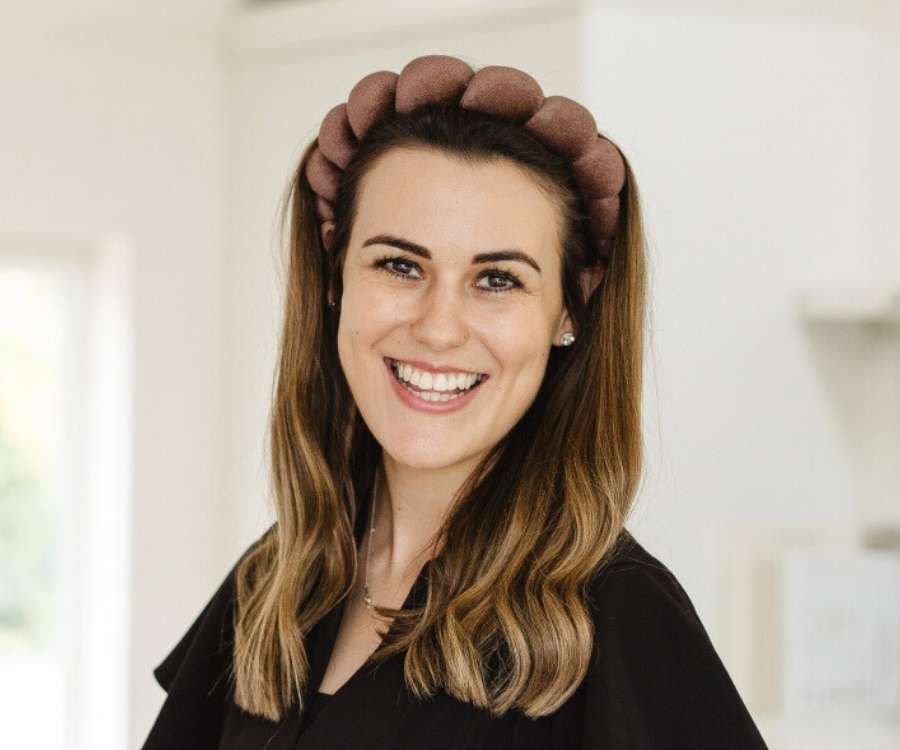I love how the messages in my inbox change with the seasons and for the past couple of weeks, the majority of your questions have been all about pigmentation.
This always happens when the sun makes an appearance as it can exacerbate the condition and people are often keen to keep it under control. But in order to do so, we firstly need to establish which type of pigmentation you have and exactly what has triggered it.
In clinic, there are usually 2 main types of pigmentation we see on a regular basis – Sun damage and melasma. I’ll explain each one individually so you can easily identify which may be affecting you and then we’ll cover how to treat both.
So, let’s start with sun damage which is exactly what it says on the tin…Damage caused by excess sun exposure. Too much sunshine can cause over production of the brown pigment in your skin called melanin. Your body fires it out to deepen the colour of the top layer of your skin in order to protect the delicate layers below. However, it doesn’t always spread the pigment evenly which can leave you with irregular shaped sunspots, dark patches and freckles.
People tend to think these speckled spots are age related as they don’t usually appear until your late 30s or early 40s. But actually, it’s accumulative damage from the years before. As your skin renews itself each month, the sun damaged skin cells work their way up through the layers, eventually appearing on the surface, decades later.
As this type of pigmentation is caused by an external source, it affects both men and women equally, can appear on all areas of the body and is more common in lighter skin tones. This is simply because fairer skin has less melanin to act a natural skin protector.
Melasma on the other hand has an internal trigger which is usually hormonal. For this reason, it mainly affects women and you may have heard it referred to as ‘the mask of pregnancy’ as it affects up to 50% of people during this time. It can also occur due to contraception changes, HRT, general hormonal fluctuations and is more prevalent in those with darker skin tones, as they naturally have more pigment cells.
Unlike sun damage, melasma is not speckled or spotty and instead it can be identified as larger, more even, brown patches that are often perfectly symmetrical. It commonly effects areas such as the upper lip, forehead and cheeks and whilst it can come and go over time, once triggered, it’s a condition that remains underlying for life.
Although it isn’t directly caused by the sun, exposure to it makes melasma appear darker and heat can cause a flareup too. This is why even if you sit in the shade and wear a hat all day, this type of pigmentation can still show up on the surface. So, what can you do about it?
Despite the differences between the two types of pigmentation, they both require the same kind of skincare products. Of course, SPF is top of the list for obvious reasons, but it works even better when paired with Vitamin C. Vitamin C is a powerful antioxidant that helps to prevent DNA damage, regulate melanin production and generally brightens your complexion. AHAs and Retinol are also essential as they increase your cell turnover which helps to remove the darker skin cells as fast as possible for a smoother, more even skin tone.
All of these ingredients can be found inside the 5 Minute Kit which works wonders for keeping pigmentation at bay. That being said, I never advertise it as a pigmentation treatment as it’s almost impossible for any at-home skincare to correct these concerns completely, when they occur so deeply within the skin.
For this reason, if you have a particular sunspot you’d like removing or patches of melasma that you’re keen to minimise, I’d always advise a trip to your local skin clinic too. There are a multitude of professional and prescribed treatments such as peels and lasers that a qualified Aesthetician will be able to guide you through, in order to achieve the best results possible.
Thank you as always for continuing to inspire these blogs and my inbox is always open for any questions you may have 🥰














